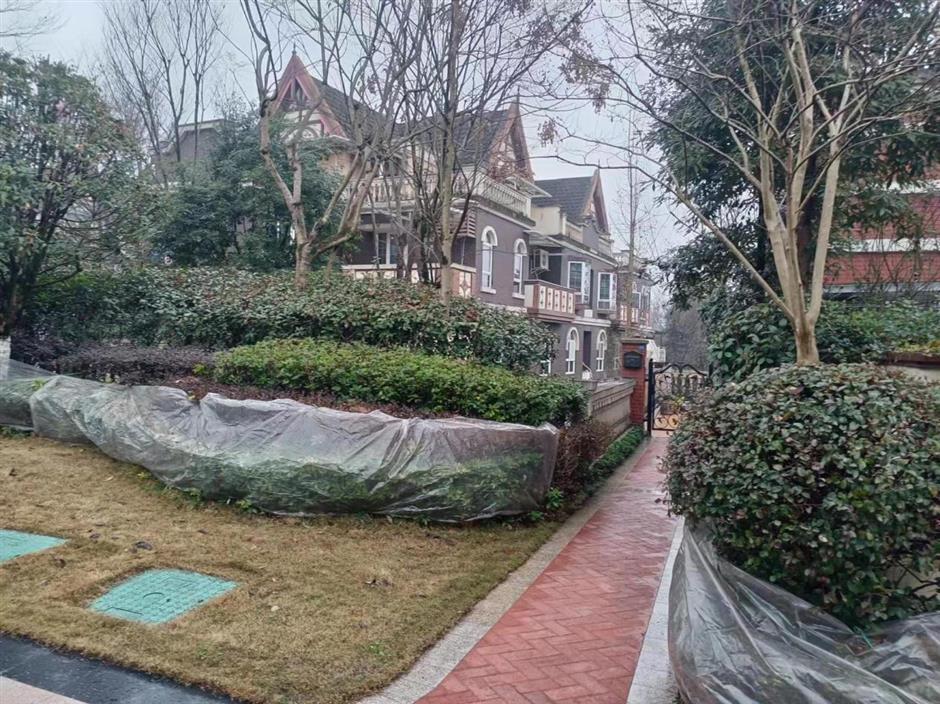Migration from the cold north to warmer south is not just for the birds
Some Chinese retirees are taking a cue from the "snowbird" trend of North America, migrating from cold hometowns to warmer climes south to spend winter or even the rest of their lives.
And so it was that a man surnamed Ren and his wife surnamed Duan left the harsh winter of their home in the northwestern Xinjiang Uygur Autonomous Region to spend the recent Spring Festival in a southwestern resort to see if they might like to move there permanently.
The couple, both in their late 50s, used the Sichuan Province town of Qingchengshan, near Chengdu, as a base for exploring this retirement option.
The area had a lot going for it – lush vegetation, a relaxing ambience, nearby Qingshan Mountain and proximity to the ancient town of Jiezi.
But Ren also found drawbacks.
"There was no central heating there, and the rain was particularly dreary," he said.
So the couple hit the road again, heading for a place hyped as the "Town of Longevity" in the Guangxi Zhuang Autonomous Region of southern China. It's a popular venue for people seeking health restoration.

The villa near Qingchengshan in Dujiangyan in Sichuan Province where Ren and his wife Duan stayed
Ren and his wife are not alone in seeking warmth and comfort in their later years, and the size of China's elderly population suggests the relocation itch could become a significant demographic change in a country where the elderly traditionally stay put and help raise grandchildren.
Nearly 18 percent of the population in China is 60 years or older, and many retirees are seeking to find new purpose and comfortable leisure in their "gray years."
One popular destination for many retirees from Northeast China is the city of Sanya on the southern tropical island of Hainan.
In a recent interview with the China Economic Weekly magazine, a man surnamed Guo and his wife, who were from the Northeast, rented a one-bedroom unit in Sanya for six months last October.
They found the environment very amenable.
"We found it was easy to adapt quickly," Guo's wife was quoted as saying. "Many hometown delicacies are available here, vegetables are cheap and we meet fellow northeasterners. Many of our friends have bought property here as a winter retreat."
Their plan was almost disrupted when China abruptly readjusted its coronavirus controls and tourists again started flocking back to Hainan. The landlord of their flat decided the couple's 2,500 yuan-a-month rent wasn't enough and tried to buy them out with compensation. The couple was angry, but in the end, the owner agreed to let the flat to the couple at higher rent.
"We are going to spend Spring Festival in Hainan next year but not necessarily here in Sanya," Guo's wife said. "Prices and rent are too high, and there are too many people. We are looking elsewhere in Hainan for quiet and comfort."
Indeed, some southern escape locales are pricing themselves out of the "snowbird" trend.
Another popular destination for northeasterners is the southwest province of Yunnan, famous for its spring-like weather all year round.
According to a man surnamed Wang, whose chronic conditions like asthma were exacerbated during cold winters in the Northeast, the climate in Yunnan is much more conducive to his health. He said about half of the residents in his community in Xishuangbanna are from the Northeast, and there is even a street specialized in selling northeastern food fare.
But relief comes at a price here, too. New flats in Xishuangbanna were priced at nearly 10,000 yuan a square meter in 2018 and 2019. The advent of the coronavirus pandemic drove prices down considerably, but they are rising again with the lifting of pandemic controls.
Incomers pay a high premium, especially for houses facing south.
Wang, like many Chinese "snowbirds," is discovering the trade-offs of migration.
For one thing, incomers often find themselves ineligible for local old age benefits and are confronted with some setbacks when seeking medical services.















